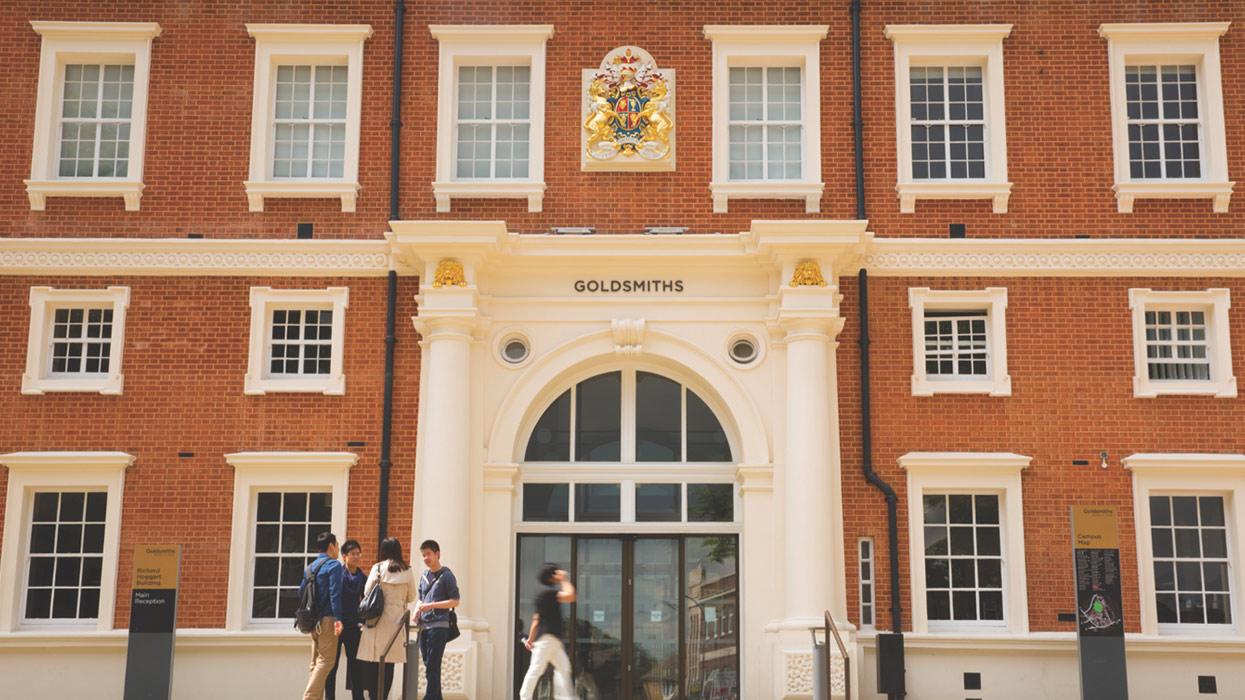
Image: Goldsmiths University.
Goldsmiths University of London has launched a green recovery plan to help it reduce its emissions over the next five years.
This builds on the university’s announcement last year that it will look to install “significantly” more solar PV as part of a series of pledges as it aims to be carbon neutral by 2025. As part of this, it has already switched to 100% renewable electricity and divested from all fossil fuels.
As part of its increased commitment, it will work to lower its emissions from energy sources used to heat and power its buildings. Currently, the utilities needed to heat and light its campus are responsible for 3,585MTCO2e (metric tonnes of carbon dioxide equivalents) each year. This is around 65-70% of its direct carbon emissions.
Goldsmiths is launching a range of initiatives such as recommissioning of a large biomass boiler to help drive these down. It is starting to upgrade buildings to LED lighting and it has plans to install more solar panels. Together this could cut annual emissions by up to 166MTCO2e by the end of 2021.
Professor Frances Corner, Warden of Goldsmiths, University of London highlighted that the climate energy hadn’t gone away because of the impacts of COVID-19.
“Even as Goldsmiths makes plans, including some tough decisions, about how it will respond to the challenges of the pandemic we must also work with our community to rebuild and make this a ‘green recovery’ that benefits our home borough of Lewisham, one of the most polluted areas of London.”
Other environmental changes are being made at the university as well, including targeting 50% recycling by 2021, reducing the carbon impact of travel by 30% by 2023 and looking to achieve a 30% reduction in its supply chain emissions by 2025,
Stu Meades, the Energy and Sustainability consultant who has led the carbon-reduction planning at Goldsmiths, said: “Other universities could learn a lot from the comprehensive approach to cutting carbon emissions being pioneered at Goldsmiths. While there are ‘easy wins’ that make any organisation look good it’s much harder to embed long-term change in ‘business as usual’ activity.
“Goldsmiths’ plan is unusual in that, beyond its carbon neutral pledge for scope 1 and 2 emissions, it also looks at how it can operate to reduce indirect carbon emissions from its supply chain – something that I haven’t heard of many other universities doing in a serious and comprehensive manner.”
Additionally, the university is greening the curriculum to ensure climate change is embedded in its teaching and partnering with local not-for-profits such as local produce group Lee Greens.
